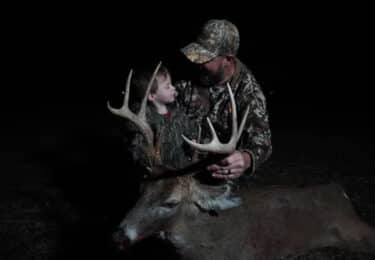Today I am going to talk about the danger space. The danger space is similar to the point blank range concept that I discussed in shooting tip #1 but is just a little different. The danger space will help you as a shooter understand how accurate you have to be at ranging your target once you are outside of the point-blank range. For the long-range shooter (which I will provide more detail in the future), this is the true and best measure of a bullet’s ballistics capabilities.
That being said, the danger space of a bullet trajectory can be defined as the distance that a bullet will hit a particular size target when centered at a certain range. As an example, let’s take the same typical 30-caliber bullet that I have been using in the previous shooting tips. We will also use a 6″ zone for the common size of a deer’s vitals. Once we pass the maximum range of our point-blank range, the bullet will now be dropping more and more as we get farther out from where the shot was taken. Because of this, knowing the range of your target becomes much more important, but how important? If we plan on shooting more than 200 yards, we will need to answer this question.
Let’s take a look at our 30-caliber bullet at 400 yards. The below graph assumes that we either adjusted our scope for a 400-yard shot or we know the bullet drop at that range and are aiming high enough to account for that. Looking at the below graph, the blue line represents the bullet traveling through the air, the red dashes are the bounds of our target zone (3 inches low and 3
inches high, 6 inches total), and the orange box is our danger space. Looking at this, we can determine that we can be +/- 25 yards in ranging accuracy and still be able to place a vital hit on our target at 400 yards.
By: Brian Halchak


